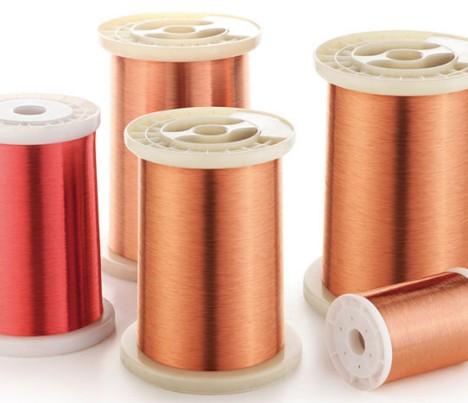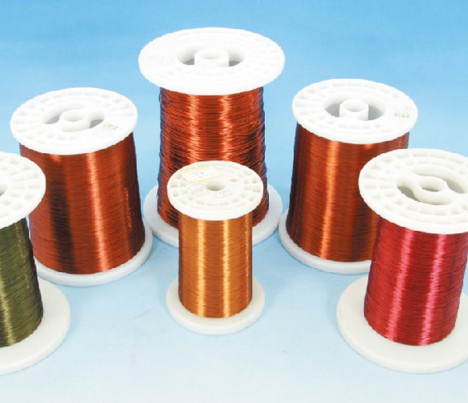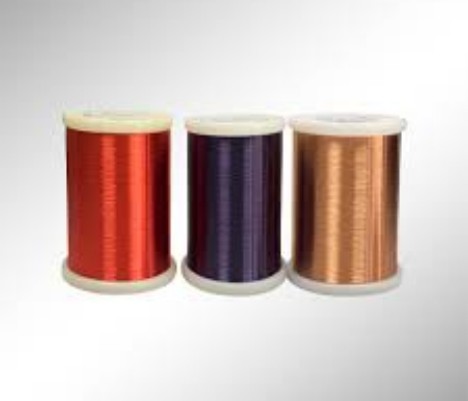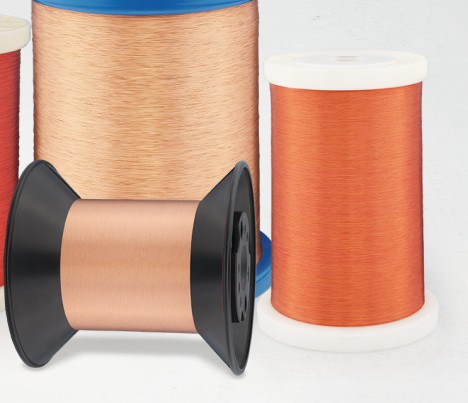Introduction to Polyamideimide
Polyamide-imide (PAI) is a thermoplastic or thermosetting non-crystalline polymer with excellent mechanical properties, heat-resistance and chemical corrosion resistance. These properties make polyamide-imide the best choice for both price and performance. As a priority, this polymer is often used as wire coating in the wire manufacturing process; polyamideimide can be obtained by gradually polymerizing isocyanate and trimellitic anhydride in N-methylpyrrolidone. As the name suggests, polyamide-imide contains both amide and imide functional groups in its molecular chain, and has the advantages of both polyamide and polyimide: high mechanical strength, melt processability, high heat resistance and excellent chemical resistance Corrosion; polyamideimide can be processed in various ways such as injection molding or pressing into various components and ingots, and can also be used as coating, fiber, film and even adhesives. Generally speaking, polyamideimide is used in the forming process The medium will be heat cured to improve the mechanical properties.

Material Properties
High heat resistance, the glass transition temperature is between 280-290°C, and the usable temperature range is -200-260°C.
It is stable to radiation and ultraviolet rays, and has good radiation resistance.
Excellent flame resistance.
Excellent mechanical properties, high tensile strength and fatigue resistance.
The linear expansion coefficient is small, so the dimensional stability is high and the hygroscopicity is small.
Excellent electrical properties and excellent chemical corrosion resistance (except concentrated strong alkali, oxidizing agent and pyridine).

Processing and Forming
(1) molding
The material should be pre-dried before injection molding. The drying conditions were 150° C. and 8 hours. The upper limit of the barrel temperature is 360°C, and the mold processing temperature is 200°C. The injection pressure should be as high as possible, and after the booster pump is turned off, the pressure should be reduced to 14-28MPa, and the back pressure should be 0.3MPa. The post-curing time is about three days at 170-260°C.
(2) Film
The polyamide-imide film was prepared by continuous dipping method. 400mm wide and 0.05mm thick aluminum foil was used as the continuous carrier. The aluminum foil impregnated with the prepolymer solution enters a vertical oven and is dried at 190°C to remove the solvent. Then, treat at 200-210° C. for 2-4 hours to dehydrate and cyclize the prepolymer film. After cooling, peel off the film from the aluminum foil.
(3) Enameled wire
Generally, large-scale enamelled round wires and enamelled flat wires are coated on vertical enamelling machines, while thin wires are coated on horizontal enamelling machines, both using felt coating method. Furnace temperature and dipping speed vary with enameled wire specifications. Such as 1mm enameled wire, the furnace temperature is controlled at 200-300°C, and the dipping speed is 4-6 meters per minute.

Application
Modified by epoxy resin to reduce molding temperature and obtain practical application. The liquid crystal polyamideimide is strengthened by the liquid crystal phase, and the mechanical strength is further improved. It has the advantages of low price, good wear resistance and alkali resistance, good adhesion and storage stability, etc. It is suitable for heat-resistant wire enamelled paint and glass laminate adhesive paint, and can also be used as a high-temperature adhesive. In actual use, it can be made into polyamide imidic acid prepolymer first, and then closed-loop film-forming at high temperature after coating construction; it can also be precipitated in water, washed with water to remove acid, dried, and made into resin powder. Dissolve in polar solvents such as dimethylacetamide and adjust to an appropriate viscosity before use.

